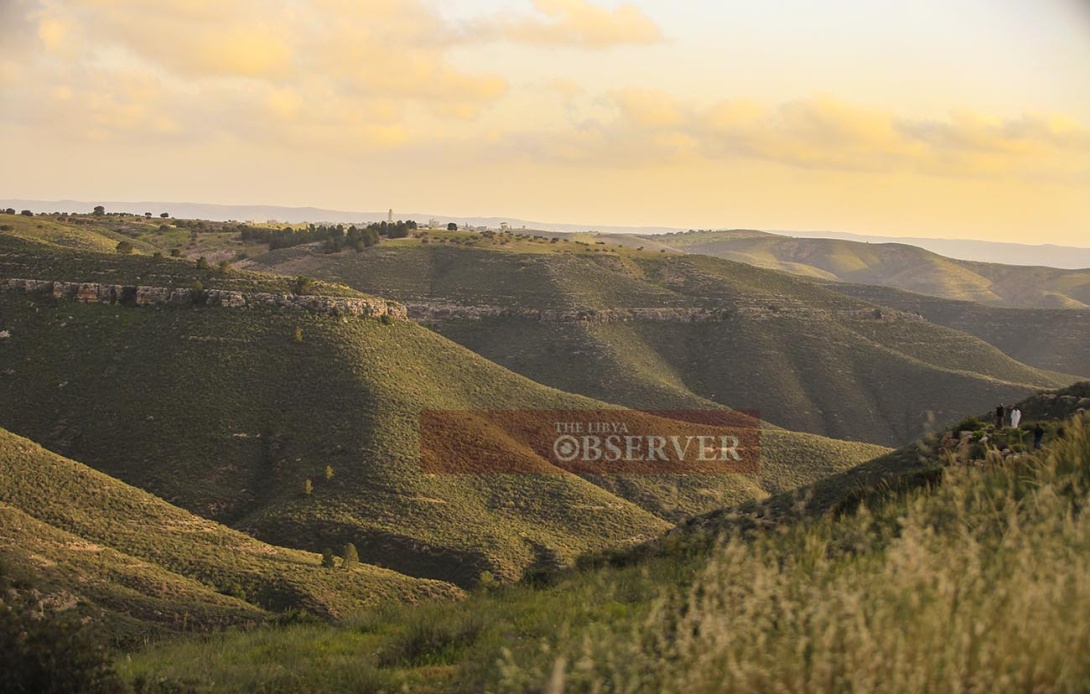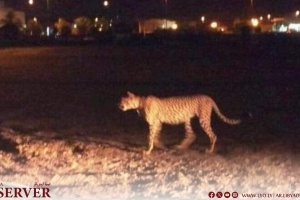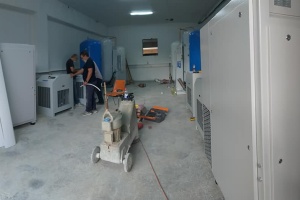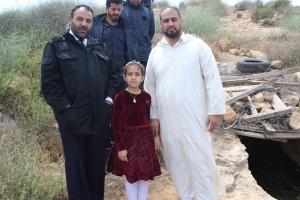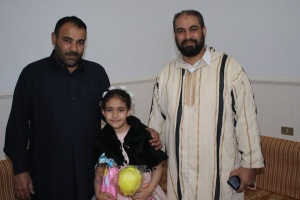It is located in the northwestern part of Libya, in the Murqub District, about 130 km east of Tripoli. Latitude: 32 ° 37 'N and longitude: 14 ° 0' East, it was historically a center of Islamic studies. It is also known for olive tree farming and olive oil production. The Tripolian Republic was announced in Msallata on 16 November 1918 which was the first republic in the Arab world. Along with the city of Tarhuna, it gave its name to the former Libyan district of Tarhuna wa Msallata.
Most residents of Msallata are not originally from the city, but from other cities. People in Mssallata are conservative and observant of Islamic laws, as in most Libyan cities. In a recent official census, Msallata has population of 79,709.
The history of the city dates back to the Roman Ages where it was mentioned as Misfe, a station between Leptis Magna and Tarhunah.
The city has a branch of Almergheb University of Arts, a medical technical school, a religious sciences college, and an engineering faculty. In addition, Msallata is home to many Islamic schools, such as Zawiyat Al-Jourani, Mejabra Mosque, Zawiyat Al-Dokaly. It is also a destination for many Libyan and Sub-Saharan students who seek to learn the Quran.
The city of Msallata contains some historical buildings, including the Spanish castle built by the Spaniards under the leadership of (Don Pedro Navarro) in 1510 AD on the ruins of a Roman temple dating back to the third century AD. There are also many buildings that were used for guarding and storing grain. The headquarters of the Msallata National Association for the memorization of the Qur’an and its sciences, Qasr Al-Maamoura, Qasr Al-Jadid, Qasr Bu Harb, Qasr Al-Masid and Qasr Al-Sam al-Deso, and recently, the wild reserve park was established in the Shaafin area as a national park.
National reserve in Libya (Shaafin)
It is considered one of the huge reserves in Libya, located in the Shaafin region, in the city of Msallata, which is a mountain range extending from the Nafusa Mountains. It includes valleys, trees and various natural plants, in addition to the presence of different types of wild animals. It is also classified by UNESCO, as it contains more than 300 rare medicinal herbs.

